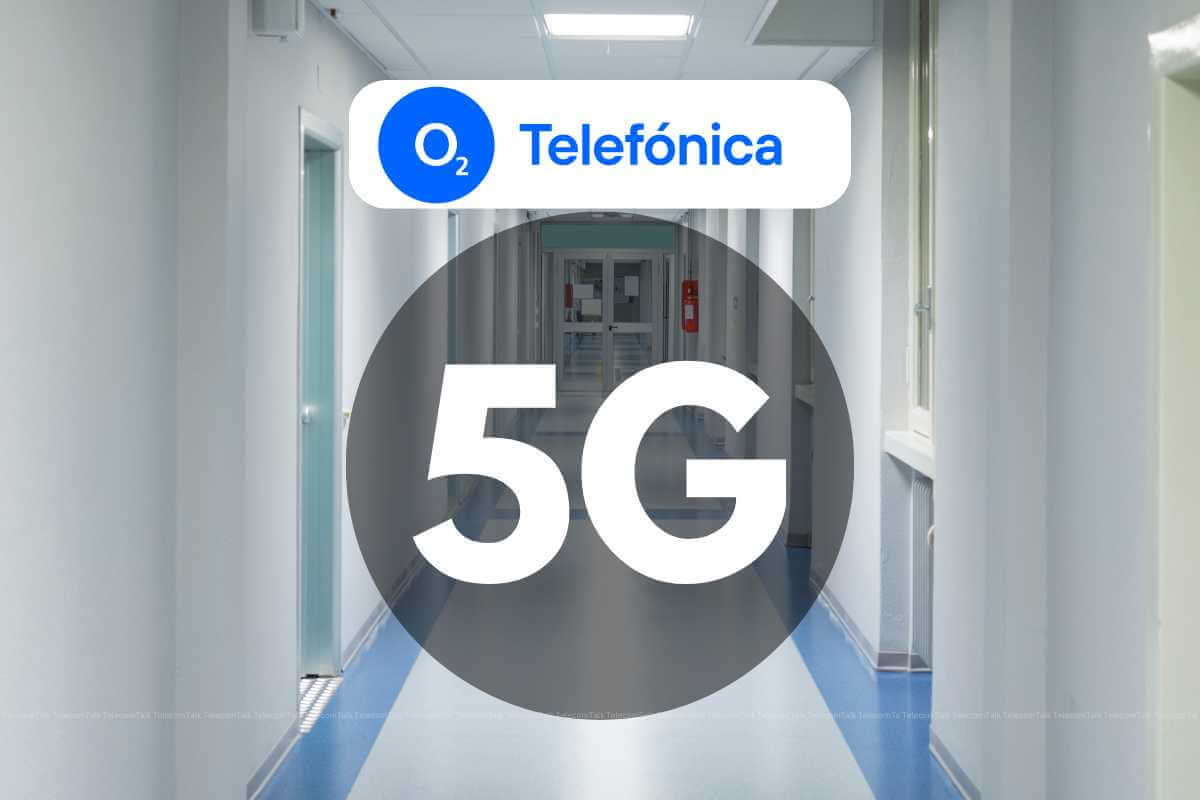
Telefonica Germany (O2 Telefonica) and the 6G Health Institute (6GHI) have launched a campus network with 5G Network slicing technology at the 6GHI facilities in Markkleeberg, in the state of Saxony. The implementation of 5G slicing within the premises of 6GHI marks another advancement for research in the in-house 6G Health Lab powered by O2 Telefonica, the telco said in a recent press release.
Also Read: Telefonica Germany Expands 5G Network Along Motorways and Railways
Collaborative Innovation
In addition to representatives from Telefonica Germany, the 6G Health Institute, and Huawei, the district administrator of the district of Leipzig and the mayor of the city of Markkleeberg were also present as guests at the ceremonial inauguration within the premises of the 6G Health Institute.
"5G slicing offers a reliable and fast connection and promotes rapid digitisation in healthcare, which is absolutely necessary in Saxony," emphasises the CMO of 6GHI.
Commenting on the launch of the campus network, Telefonica Germany said, "We are pleased to support the further development of medical technology with our 5G campus solution and to promote the research location Saxony with state-of-the-art network technologies. We offer our partners and business customers a wide range of networking options that we can tailor exactly to their needs and applications - including for the 6G Health Institute."
Also Read: Telefonica Germany Reports 80 Percent of Calls Routed via VoLTE
Advancing Healthcare Research
Telefonica noted that in the lab, medical IoT applications in the 5G network are being developed and tested, and research on 6G mobile communications for medical technology is underway. 6GHI is researching the further development of eHealth and digital healthcare in Central Germany, thereby contributing to securing healthcare worldwide in the future.
Additionally, Telefonica Germany highlighted that 5G is faster, more reliable, and more stable than its predecessors. Slicing offers the possibility, from a technical standpoint, to design a 5G network for different requirements and to use it efficiently. In this case, a campus network was set up using 5G slicing technology, which can be expanded to cover further areas in the future.















